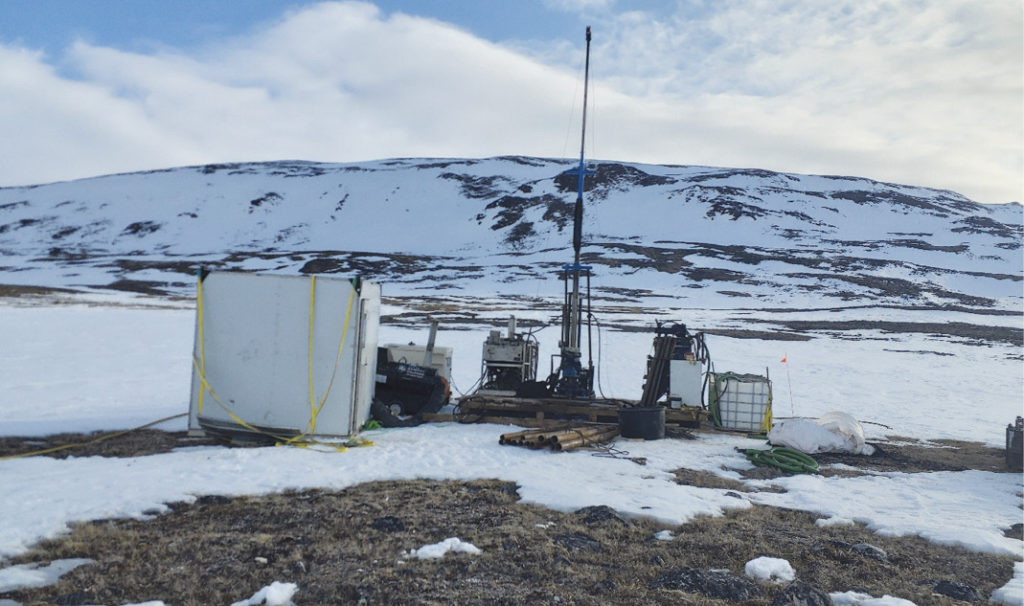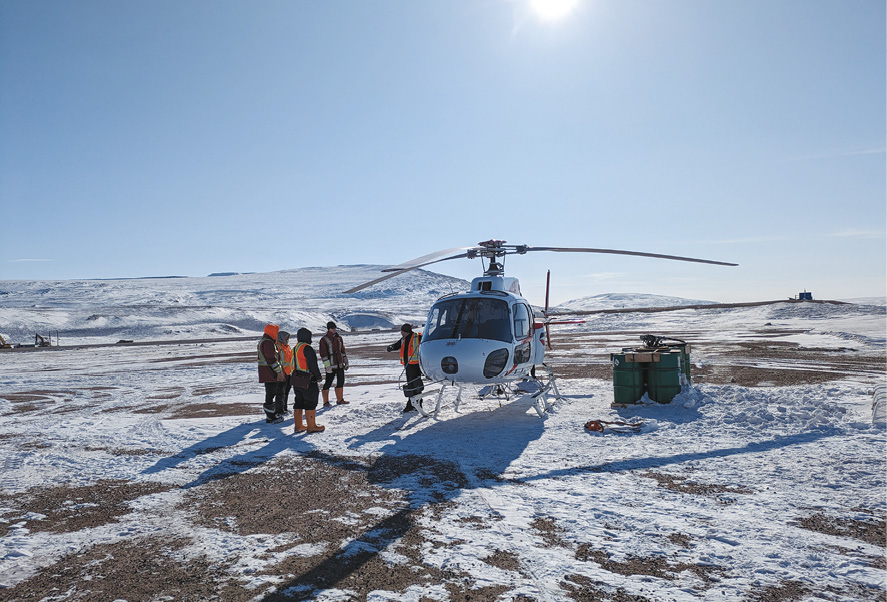
The Baffinland Mary River project in Canada’s Arctic Circle is one of the most remote mining operations in the world. In this article, Hatch’s geotechnical investigative team faced helicopter-only access, permafrost conditions, and the need for wildlife monitors with guns to ensure their safety. But equally as daunting, only weeks to digitally transition the pilot project and get up to speed with OpenGround.
To thrive in a digital world, organisations must invest in new technologies and processes to stay competitive, relevant, and align with customer expectations. And, by investing in innovation, they can position themselves as agile industry leaders.
“In an ever-evolving business landscape, digital transformation has become a necessity rather than an option. As we increasingly rely on global, online, and secure cloud-based tools to exchange information, we must also adjust how we collaborate across teams and manage tasks,” said Warren Hoyle, global lead for geotechnical operations at Hatch.
Hatch is a professional engineering service company, operating across the mining, energy, and infrastructure sectors. The company opted to use their Baffinland Iron Mines project as a pilot to transition its geotechnical team to OpenGround’s secure, cloud-based geotechnical information management (GIM) platform.
Seequent’s cloud evolution of gINT, OpenGround is designed to streamline site investigation and make borehole log production seamless with cloud-connected data management that enables connected digital workflows throughout every stage of the ground investigation lifecycle.

A tight turnaround and challenges in the field
Baffinland is a greenfield project requiring infrastructure support for air, road, rail, and marine terminals with the Steensby rail alignment vital to transport a proposed six million tonnes of iron ore from the mine to coast. Hatch oversaw the Steensby 2023 activities, including geophysical surveys, geotechnical investigations, photogrammetry of rock faces, and tunnel locations.
“Our decision to implement OpenGround on our Baffinland project was made in late March 2023, with the investigation team scheduled to be in the field by mid-May — it was tight!” said Kiran Chandra, senior geotechnical engineer and project manager at Hatch.
“With OpenGround’s extended platform capabilities, we could quickly see improved team practice, including enhanced subsurface modelling and cloud connectivity across all applications, bringing real value, such as efficient onsite data capture. The centralized data management platform also enabled better collaboration and business continuity, including immediate engagement and approval from senior management to keep our project moving at pace,” he added.
Supporting a successful implementation
A successful digital transition goes beyond just implementing new tools and systems; it also requires a strategic approach and attentive management. OpenGround’s administrator, Krista Flachs, helped internally guide OpenGround’s launch and implementation.
“As we accelerated our transition to OpenGround’s more advanced digital workflows, our goal was to ensure a smooth transition that minimized any disruptions or negative impacts for our geotechnical teams,” said Flachs.
All field crews, and the support team, were very new to this technology and needed to learn and adapt constantly under the pressure of an active project.
“To best support the transition, we first worked on understanding OpenGround’s data model, then developed standard templates for project completion logs and updated our data entry profiles. We shared learnings, such as how to use a tablet correctly or troubleshoot under certain circumstances. We also captured specific details of the environmental conditions, such as permafrost. Unfortunately, this led to a bug in the system, but Seequent quickly resolved the issue. Overcoming the natural human resistance to change was another challenge. When people are used to report-centric, paper-based workflows, adopting brand-new technology with fully connected digital deliverables can often be intimidating, but our teams quickly saw the benefits,” she added.
Charting a successful course into a digital future
Regarding futureproofing, software is constantly evolving and needs teams to be flexible. To prepare for future projects and safeguard historical investigation data, the geotechnical team is currently importing large amounts of gINT data into OpenGround, with Seequent recently developing improved tools for this import.
Additionally, even though they are only a year into this significant step change, the company regularly engages with vendors to understand their digital development roadmap and adapt their strategy to align with, and take advantage of, technology and workflow changes as they are delivered.



